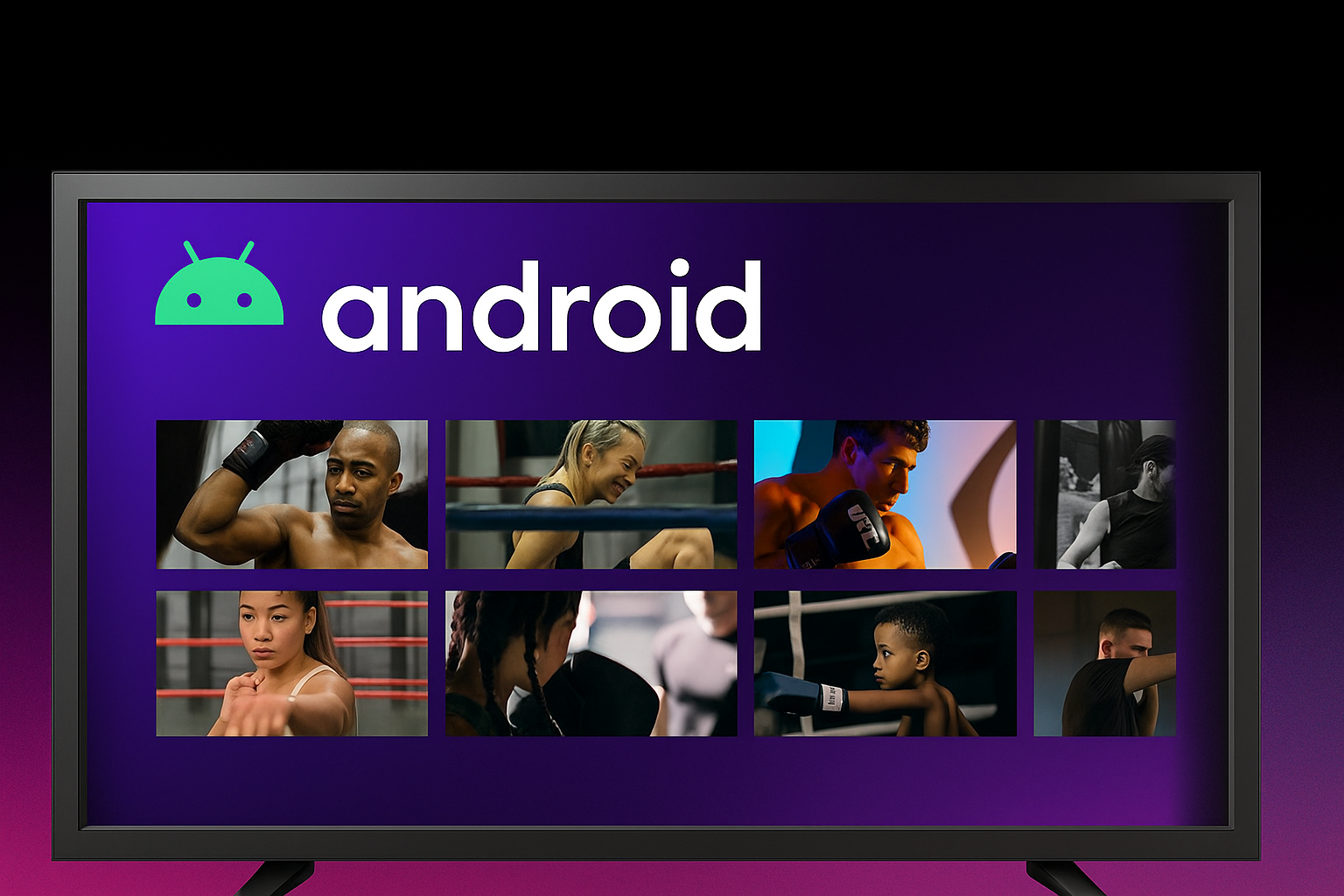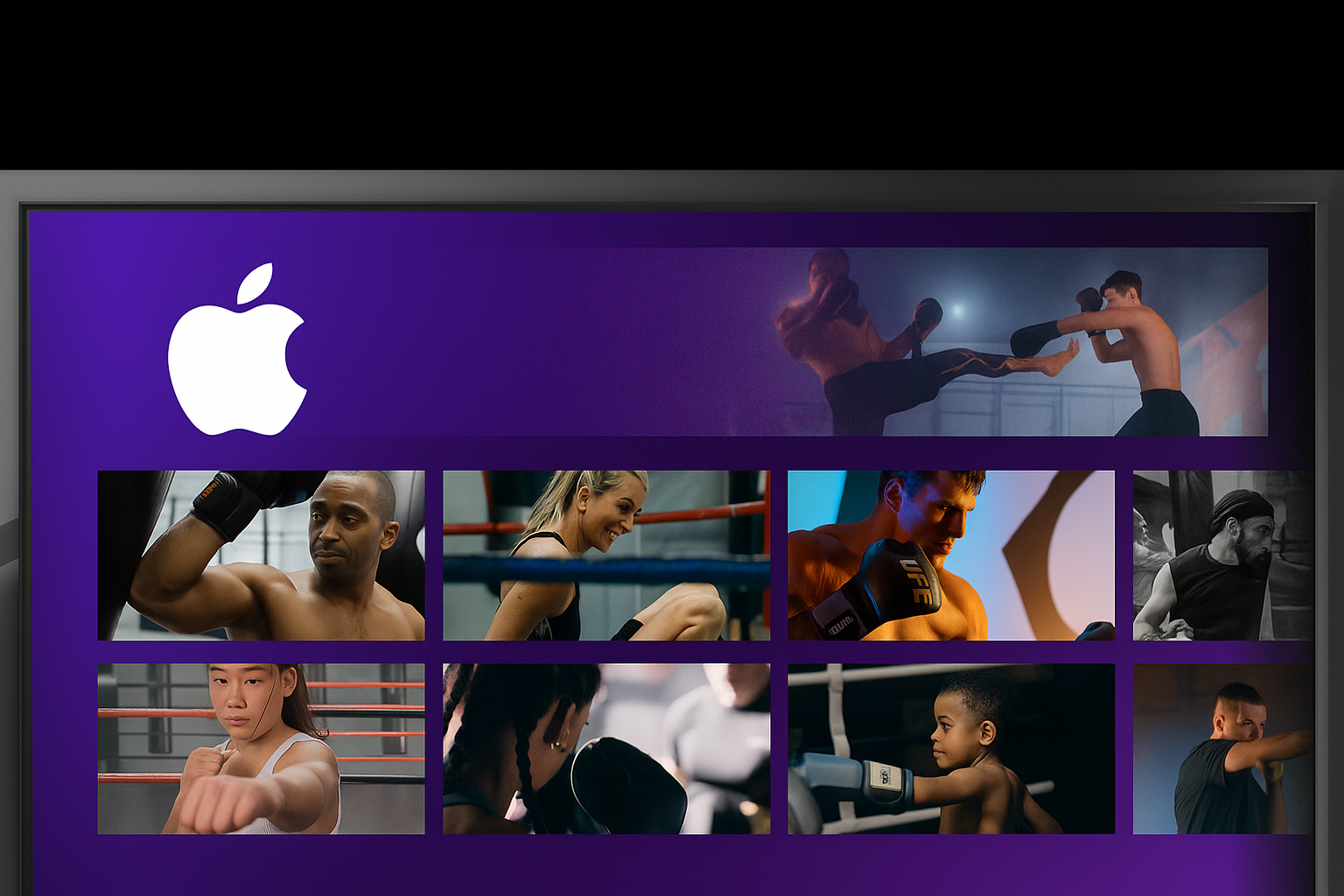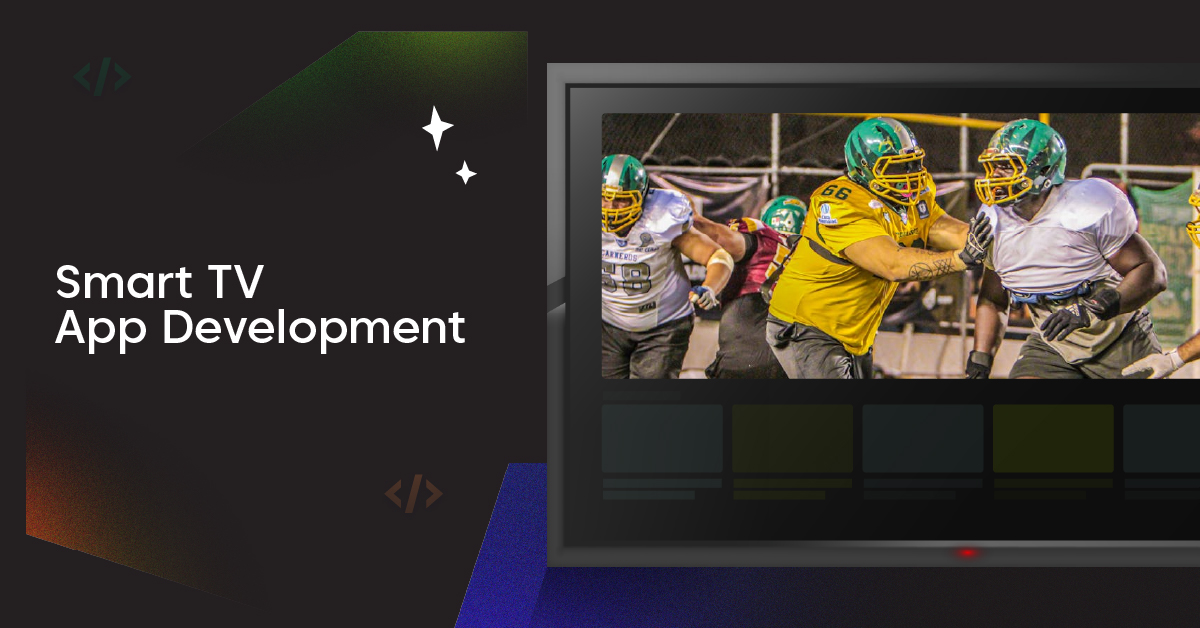Video streaming has become a staple in our daily lives. From watching movies to attending online classes, streaming videos is now a common activity. However, this convenience often comes with a challenge. Viewers can experience delays, known as latency, which disrupt the flow of content. Latency refers to a video’s delay from the source to your screen.
Advanced technology ultra-low latency means the video’s delay reaches you with almost no noticeable delay. It makes the experience smoother, especially for live streaming and online meetings.
In this blog, we will dive deep into ultra-low latency video streaming. We’ll explore what it means, how it works, and why it’s important. Let’s get started!
What is Latency in Video Streaming?
Latency in video streaming is the time delay between when a video is captured and when it is played on your screen. Think of it like the delay between someone sending a letter and you receiving it. In video streaming, this delay can cause the video to pause or buffer. It can be frustrating when you’re trying to watch something live, like a sports game or a concert.
Latency happens because of the way data travels over the internet. Your video isn’t sent in one piece. It’s broken down into data packets. These packets take different paths to reach you. They can get held up along the way. Factors like your internet speed and the distance from the video source can add to this delay.
In the world of video streaming, reducing latency is crucial. Viewers want to see their videos play smoothly and without interruptions. That’s where the concept of low latency comes in. It’s about making this delay as short as possible. This way, you can enjoy your stream with less waiting and more watching.
What is Ultra Low Latency?
Ultra-low latency refers to an extremely short delay in video streaming. It’s the difference between what’s happening live and what you see on your screen. The goal is to make this gap so small that it’s almost like being there in person.
With ultra-low latency, you see the action almost simultaneously as the event’s audience. This is key for things like live sports, where every second counts. Or for video conferencing, where you want to talk to someone without awkward pauses.
The video data needs to move faster and more efficiently to achieve ultra-low latency. This means using advanced technology to speed up the process. Every step is optimized From when the video is captured to when it plays on your screen. The result is a smooth, real-time viewing experience. It’s as close as possible to “live” without being there.
What Causes Video Latency?
Understanding what causes delays in video streaming can help us appreciate the value of ultra-low latency. Several factors contribute to latency and can affect the quality of your streaming experience. Let’s look at these causes and understand how they impact video delivery from the server to your screen.
Network Congestion
Network congestion is a common cause of delay in the streaming world. It occurs when too many people are using the internet simultaneously. The networks can get crowded. Streaming a video requires the data to travel through various network paths to reach you. The network can struggle to keep up if too many people stream or download large files. This struggle can slow down the data. As a result, your video may take longer to start playing. It may also pause or buffer more often.
Network congestion can be worse when lots of people are online, like in the evenings. This is when you might notice more delays or lower video quality. The network is trying to handle a lot of data at once.
Video Encoding and Decoding
Video encoding and decoding are essential steps affecting how quickly you watch a video. Encoding is converting the original video into a format easily sent over the Internet. Decoding is what happens on your device to turn that data into a video you can watch.
Eencoding involves compressing the video data, so it takes up less space. This makes it easier and faster to send over the Internet. On the other hand, in the decoding process, your device takes the compressed data and puts it all back together into a video.
These processes take time. The more complex the video, the longer it can take to encode and decode. High-definition videos, for example, have a lot of detail. They need more work to compress and decompress. This can add to the delay, or latency, in streaming.
Video Segmenting
When discussing video segmenting in video streaming, we’re looking at how a video is split into smaller, more manageable pieces. This is done so the video can be sent over the internet in chunks. These small chunks are easier to transfer and can start playing faster than waiting for the whole video to download.
However, segmenting itself can take some time. The process involves cutting the continuous video into segments, usually a few seconds long. Each segment is then sent one by one. Your device waits to receive enough segments to start playing the video. This waiting period adds to the overall latency.
Video Buffering
Video buffering is a term that most viewers of online video streaming are familiar with. It’s the process where your device collects enough data to play the video without interruption. Your device will store or buffer, a few seconds of video data ahead of what you’re currently watching. If there’s a temporary slowdown in data delivery, you can keep watching the video using the buffered data. Without buffering, you might experience frequent pauses in the video as it stops to wait for more data to arrive.
However, buffering can also add to latency. It takes time for your device to build up that data cushion before the video starts playing. The longer it buffers, the bigger the delay between the live event and what you watch on your screen.
Packet Loss
Packet loss is a technical issue that can happen during video streaming. It occurs when some data packets that carry the video information don’t reach your device. These packets can get lost while traveling across the network.
When packet loss happens, your video stream can suffer. Your device expects a certain amount of data to display the video correctly. If some of that data goes missing, you might see a lower video quality or even a temporary freeze in the video. Your device often waits for the missing packets or asks the server to resend them. This waiting and resending can add extra lag to your stream.
Device Performance
The performance of the viewer’s device is another key factor that can cause latency in video streaming. Every device, whether a smartphone, tablet, or computer, has its own processing power. This power determines how quickly the device can handle tasks like playing videos. A device with low processing power may struggle to decode and play real-time streaming. This can lead to latency.
A device with a stronger processor can manage video data better. It can decode the video faster and play it with less waiting time. On the other hand, an older or less powerful device might take longer to process the video. This can cause the video to freeze or buffer.
Geographic Distance Between Server and Viewer
The physical distance between the server where the video is hosted and the viewer’s location can cause latency in video streaming. Data must travel across cables and various network points to reach the viewer. The farther the data has to travel, the longer it can take.
A video stream from a nearby server will often have lower latency. This is because there’s less distance for the data to cover.
Bandwidth Limitations
Bandwidth limitations can be a major cause of streaming latency. Bandwidth is the amount of data that can be sent over an internet connection in a given amount of time. A higher bandwidth can handle more data.
When there’s insufficient bandwidth, the data gets backed up, and the video can’t stream smoothly. This can lead to pauses, buffering, or reduced video quality. For live streaming or real-time video streaming, this can mean missing out on key moments as they happen.
CDN Inefficiencies
A Content Delivery Network, or CDN, plays a crucial role in video streaming by storing and delivering video content from servers close to the viewer. However, CDN inefficiencies can lead to increased latency. If the CDN isn’t working well, it takes more time for your video to arrive, and you end up waiting longer to watch.
CDNs are made up of many servers located in different places worldwide. Their job is to ensure viewers can access videos quickly by connecting them to the nearest server. But sometimes, these servers can get overloaded with requests, or they might not have the most up-to-date video copy. These issues can slow down the delivery of the video to your device.
Streaming Protocol Inefficiencies
Streaming protocols are the rules and methods for sending video data online. They are like the instructions for how to get the video from the server to your screen. If these protocols are inefficient, it can lead to latency in video streaming.
Some traditional streaming protocols were not designed with low latency in mind. They might send data in larger chunks or wait to ensure everything is in order before playing the video. This can cause a delay, which is especially noticeable during live streaming. Viewers might not see the action as it happens, which can be frustrating.
How Does Latency Affect Streaming Quality?
Latency can have a big impact on streaming quality. When there’s latency in video streaming, it can disrupt the viewing experience. High latency can cause the video to freeze, buffer, or even disconnect entirely. This frustrates viewers who just want to watch their favorite shows or live events without interruption.
For live streaming, latency can mean missing out on the action as it happens. In real-time video streaming, such as video conferencing or online meetings, high latency can lead to awkward pauses and talking over each other. It can make communication difficult and less effective.
Latency affects how synchronized the video is with the real-world events it’s showing. For instance, in a live sports game, viewers might hear a goal being cheered by the crowd before they actually see it happen on their screen. This can spoil the excitement of watching a livestream.
Benefits of Ultra-Low Latency
The advantages of achieving ultra-low latency in video streaming are numerous and can enhance the overall experience for various users:
Real-Time Interaction: Viewers can engage with live streams as if they were there in person, which is perfect for live events and interactive shows.
Improved Gaming Experience: Gamers benefit from immediate response times, making gameplay smoother and more competitive.
Better Video Conferencing: Online meetings and video conferencing become more natural with reduced awkward pauses, leading to more effective communication.
Synchronized Viewing: Audiences watching sports or live performances can see the action unfold in near real-time, avoiding spoilers and staying in sync with live social media commentary.
Interactive Entertainment: Allows real-time audience participation in live polls, Q&As, and other interactive broadcast features.
Enhanced Learning Environments: Educational live streams, such as virtual classrooms, can operate more smoothly, keeping students and teachers in sync.
Professional Broadcasts: For media professionals, ultra-low latency is essential for broadcasting live events where timing and immediate reaction are key.
By minimizing delays, ultra-low latency streaming provides a more engaging and enjoyable experience for all viewers and content creators.
How to Get Ultra-Low Latency Streaming?
Achieving ultra-low latency streaming is possible with the right tools and setup. Several key components must be in place to get as close to real-time as possible. Here’s how you can work towards ultra-low latency for your live streams:
Powerful Video Streaming Software: Advanced software like Castr can make a big difference. This software is designed to handle live streaming with efficiency. It optimizes the encoding and delivery of the video to minimize delay.
Robust CDN: A strong Content Delivery Network is essential. A robust CDN reduces the distance data needs to travel. It ensures that the video is delivered from a server near the viewer. This helps to cut down on latency significantly.
Powerful Streaming Protocol: The right protocol can streamline the delivery of video data. Protocols like WebRTC are built for real-time video streaming. They send data quickly and with less delay.
Adaptive Bitrate: This technology adjusts the video quality in real time based on the viewer’s internet speed. It helps to prevent buffering without adding unnecessary latency.
Stable Internet: A stable internet connection is crucial for reducing latency. It ensures that data can be sent and received without interruption. Viewers should aim for the most reliable and fastest internet connection they can get.
Updated Devices: The viewer’s device should have the latest hardware and software. Newer devices are better equipped to handle low-latency streaming. They can process and play video data more efficiently.
Considering these factors, you can set up a low-latency environment for your video streaming. This will help to deliver live video content with the lowest latency possible. It ensures a better experience for viewers and a smoother operation for broadcasters.
Step into Sub-Second Streaming with Castr
Sub-second latency is the cutting edge of video streaming technology. It surpasses even ultra-low latency, delivering content with virtually no delay. This technology is the key for anyone looking to provide a truly interactive and engaging livestream experience.
As we’ve seen, achieving sub-second latency requires the right combination of technology and strategy. If you’re ready to take your streaming to the next level, consider trying Castr. With its advanced capabilities, Castr can help you deliver live video with the speed and efficiency that sub-second latency allows.
Don’t let delays hold you back from delivering an exceptional viewing experience. Try Castr today and see the difference that sub-second latency can make for your live streams. Whether you’re broadcasting sports, hosting live auctions, or running professional webinars, Castr’s technology ensures that your audience stays in the moment, every moment.








